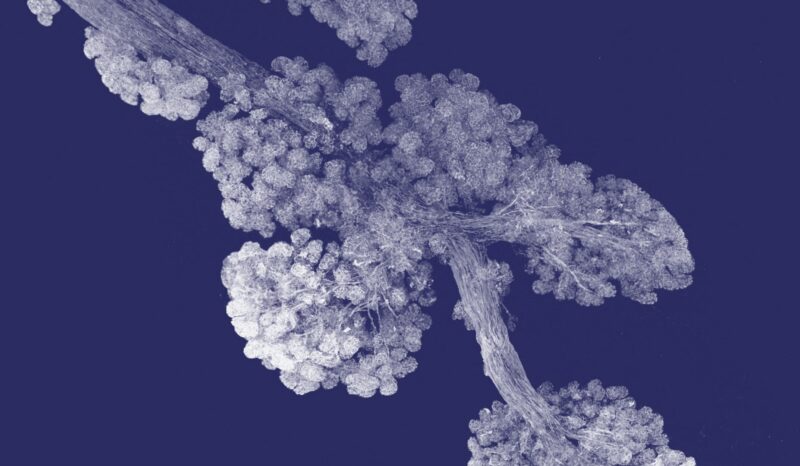WEHI PhD Completion Seminar hosted by Professor David Komander
Marco Jochem
PhD Student – Komander Laboratory, Ubiquitin Signalling division, WEHI
NoPro-clipping identifies ubiquitination of glycogen and metabolites in cells and tissues
Davis Auditorium
Join via SLIDO enter code #WEHIphdcompletion
Including Q&A session
Followed by refreshments in TapestryArea
The small protein ubiquitin dictates the cellular fate of other proteins via covalent modification and subsequent degradation by proteasomal or lysosomal pathways. But ubiquitin signalling has consequences beyond degradation and is involved in almost every cellular process. Consequently, it plays a role in most human diseases, including various cancers, infections, or neurodegenerative and autoimmune diseases. Recent studies have described the ubiquitination of lipopolysaccharides (LPS), sugars, lipids and nucleic acids, expanding the role of ubiquitin modifications beyond proteins. However, many aspects of ubiquitinated non-proteins remain unclear, such as their abundance and cellular roles. A lack of suitable methods prevents reliable detection and quantification of these species, hindering us from understanding their true cellular significance. In fact, current ubiquitinomic and proteomic techniques are blind to non-proteinaceous modifications.
Here we explore non-proteinaceous ubiquitination through the development and application of a new mass spectrometry (MS)-based workflow called NoPro-clipping. A key component of NoPro-clipping is the use of viral and bacterial proteases, referred to as ‘clippases’, which cleave ubiquitin at its C-terminus and leave characteristic GlyGly marks on ubiquitinated substrates. Clippase activity is complemented with sortase labelling to selectively peptide-label and enrich the generated GG-modified non-protein substrate, which can then be analysed by liquid-chromatography (LC)-MS/MS workflows.
NoPro-clipping has been validated with a variety of in-vitro ubiquitinated biomolecules (e.g. saccharides, nucleosides, phospholipids, metabolites) and is compatible with cell lines and tissue samples. Targeted and untargeted applications reveal a vast new canvas of ubiquitin modifications in mammalian cells, and in mouse and human organs. Strikingly, we find ubiquitinated glycogen in any glycogen-containing tissue tested in mice, with highest abundance in liver and skeletal muscle. NoPro-clipping hence unveils unexpected endogenous non-proteinaceous targets of ubiquitination, broadening the role of ubiquitin from a protein modifier to a more general modifier of biomolecules.
All welcome!


